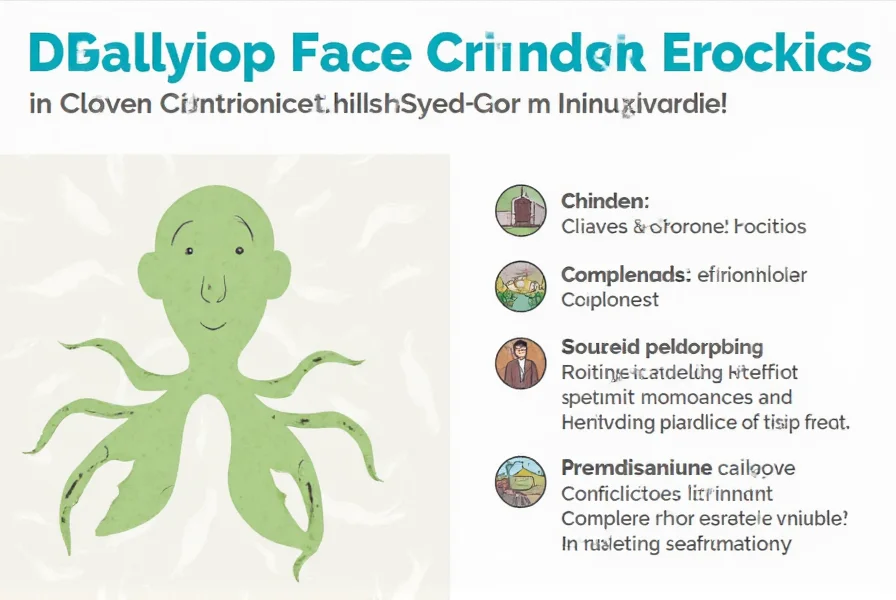Understanding CLOVE syndrome requires recognizing its evolution in medical classification. Once considered a distinct entity, current medical consensus places CLOVE syndrome within the broader PIK3CA-Related Overgrowth Spectrum (PROS), reflecting advances in genetic understanding. This reclassification emerged after researchers identified somatic mutations in the PIK3CA gene as the common molecular basis for several previously separate overgrowth conditions.
Genetic Basis and Pathophysiology
CLOVE syndrome stems from post-zygotic mutations in the PIK3CA gene, which encodes a critical component of the PI3K-AKT-mTOR signaling pathway. These spontaneous mutations occur during embryonic development, creating a mosaic pattern where only certain body tissues are affected. The mutation leads to constitutive activation of the PI3K pathway, resulting in uncontrolled cellular growth and proliferation.
Unlike inherited genetic disorders, CLOVE syndrome occurs sporadically with no family history. The mosaic nature explains the variable presentation between patients—some experience mild manifestations while others face significant medical challenges. Recent research has identified specific PIK3CA mutation hotspots correlating with particular clinical features, advancing targeted treatment approaches.
Clinical Features and Diagnostic Criteria
The acronym CLOVE represents the core clinical features:
| Feature | Manifestations |
|---|---|
| Congenital Lipomatous Overgrowth | Asymmetric fatty tissue overgrowth, typically affecting one side of the body |
| Vascular Malformations | Capillary, venous, or lymphatic abnormalities, sometimes with slow-flow characteristics |
| Epidermal Nevi | Skin lesions following Blaschko's lines, often on the torso or limbs |
| Skeletal Anomalies | Scoliosis, limb length discrepancies, widened metaphyses, or spinal canal enlargement |
Additional common findings include:
- Connective tissue nevi
- Kidney abnormalities
- Neurological complications from spinal involvement
- Increased risk of deep vein thrombosis
Diagnosis relies on clinical evaluation by specialists familiar with overgrowth syndromes. Genetic testing through next-generation sequencing of affected tissues confirms PIK3CA mutations. Differential diagnosis must exclude other overgrowth conditions like Proteus syndrome, Klippel-Trénaunay syndrome, and fibroadipose hyperplasia.
Medical Management Approaches
Effective clove syndrome treatment requires a multidisciplinary team addressing specific manifestations:
Vascular Management
Interventional radiology techniques provide minimally invasive options for problematic vascular malformations. Sclerotherapy and embolization can reduce lesion size and associated pain. For complex cases, specialized centers may offer sirolimus (an mTOR inhibitor) as an off-label treatment showing promising results in reducing overgrowth progression.
Skeletal and Orthopedic Care
Management of skeletal anomalies often involves:
- Custom orthotics for limb length discrepancies
- Bracing for scoliosis management
- Guided growth procedures in pediatric patients
- Reconstructive surgery for severe deformities
Early intervention by orthopedic specialists familiar with rare overgrowth conditions significantly improves long-term mobility outcomes for patients with clove syndrome and skeletal involvement.
Prognosis and Quality of Life Considerations
CLOVE syndrome prognosis varies significantly based on mutation burden and affected systems. Most patients experience normal cognitive development but face physical challenges requiring ongoing care. Life expectancy depends on complication management—particularly neurological and vascular issues.
Comprehensive care coordination through specialized vascular anomalies centers provides the best outcomes. Emerging targeted therapies like alpelisib (a PI3Kα inhibitor) show potential for modifying disease progression in clinical trials, representing hope for future clove syndrome management strategies.
Support Resources and Community
Families navigating clove syndrome diagnosis benefit from connecting with specialized support networks. Organizations like the Lymphatic Education & Research Network (LE&RN) and the MAGIC Foundation provide educational materials and community connections. Participation in patient registries contributes to advancing research while connecting families with clinical trial opportunities.











 浙公网安备
33010002000092号
浙公网安备
33010002000092号 浙B2-20120091-4
浙B2-20120091-4